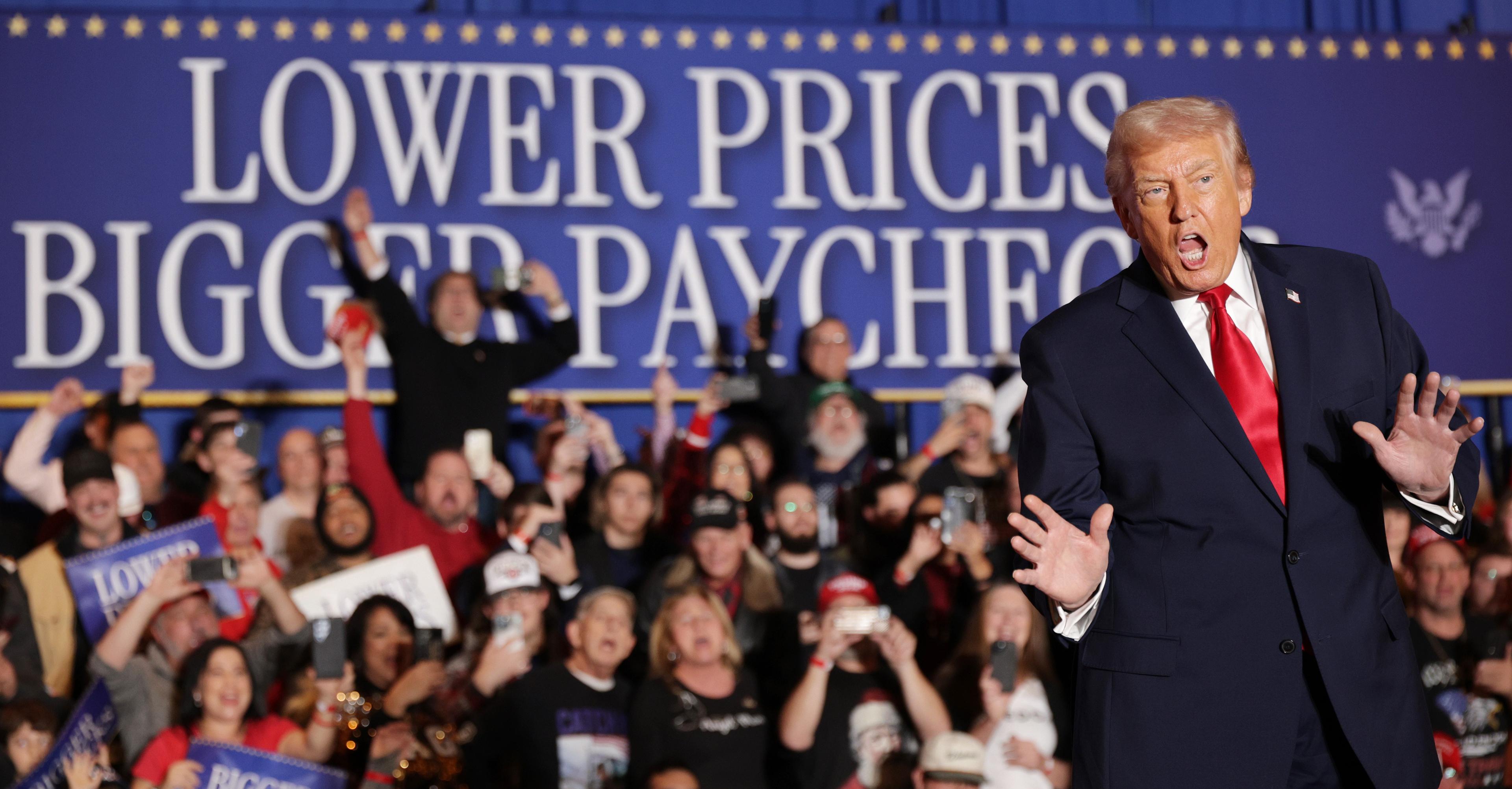After Jennifer French, a young professional in consumer tech, fell down a ski slope and broke her spine in 1998, she couldn’t tell you what exactly happened next. The next few months passed in a blur; she hadn’t yet fully accepted her prognosis — paralysis fo…

Published 7 months ago on May 2nd 2025, 7:00 am
By Web Desk

After Jennifer French, a young professional in consumer tech, fell down a ski slope and broke her spine in 1998, she couldn’t tell you what exactly happened next. The next few months passed in a blur; she hadn’t yet fully accepted her prognosis — paralysis for life — when she came across a clinical trial that promised to help her walk again.
In a surgery that lasted over seven and a half hours, researchers at Case Western Reserve University in Cleveland, Ohio, implanted electrodes in her muscles that would allow her to move her legs via an external remote control. These electrodes were kind of like a system of artificial nerves. Nearly two years after her accident, French was able to stand on her own, using what she calls her “RadioShack box” to “turn on” her muscles.
Case Western’s clinical trial initially only promised a temporary cure. But a company, Neuro Control, had already signed on to commercialize the device, so French was under the impression that she was on the road to keep the device long-term. So in 2001, when French got the news that the company was struggling, she was distraught, unsure what would happen next. Would she be paralyzed all over again, with electrodes abandoned inside her body?
Abandonment is a phenomenon experienced by hundreds of neurotech implant patients across the globe. Journalist Liam Drew, a former academic neuroscientist, has been reporting on the phenomenon for about eight years and originally followed French’s story for a 2022 piece in Nature. He says French is one of the lucky ones — Case Western researchers have been able to find a way to support the device for patients like French over the last 20 years. But Drew talked to patients who’d had a life-changing technology implanted in their bodies only to have it completely abandoned.
On the latest episode of the Unexplainable podcast, host Julia Longoria learns about these patients’ stories and how a now burgeoning neurotech industry might prevent others from getting abandoned in the future. Listen below, or in the feed of your favorite podcast app.
This podcast is presented by Roomba. Roomba doesn’t have a say in our editorial decisions, but they make episodes like this possible.
Australian PM declares Sydney shooting a ‘terrorist’ attack targeting Jews
- a day ago
Seven khwarij killed, soldier martyred in DI Khan counter-insurgency operation: ISPR
- 9 hours ago
Police recover gold from accused's husband in Dr Warda murder case
- 4 hours ago

SBP slashes key policy rate to 10.5pc
- 9 hours ago
Pakistan aims to become model in digital assets regulation: Bilal saqib
- a day ago
Week-long anti-polio campaign underway across country
- 9 hours ago
Sindh govt announces release of film ‘Mera Layari’ in Jan 2026
- 6 hours ago

IHC summons Registrar Karachi University in Justice Jahangiri’s degree case
- 6 hours ago
Australia plans tougher gun laws after police say father and son killed 15 at Bondi Beach
- 5 hours ago
Messi mania peaks in India’s pollution-hit capital
- 6 hours ago

Pakistan condemns attack on UNISFA in Kadugli, Sudan
- a day ago

How do you know if you’re wasting your life?
- 20 hours ago
You May Like
Trending







